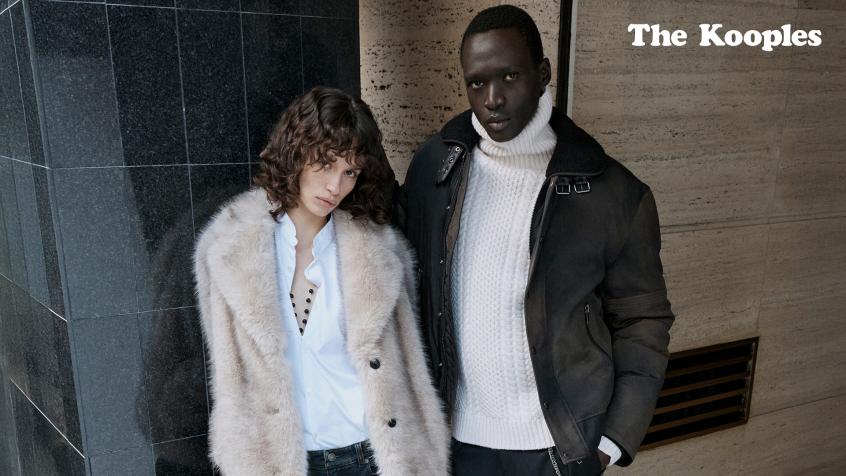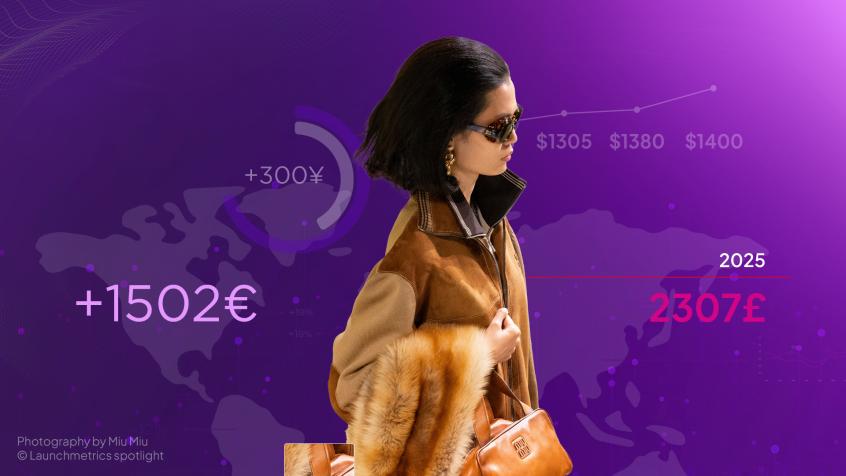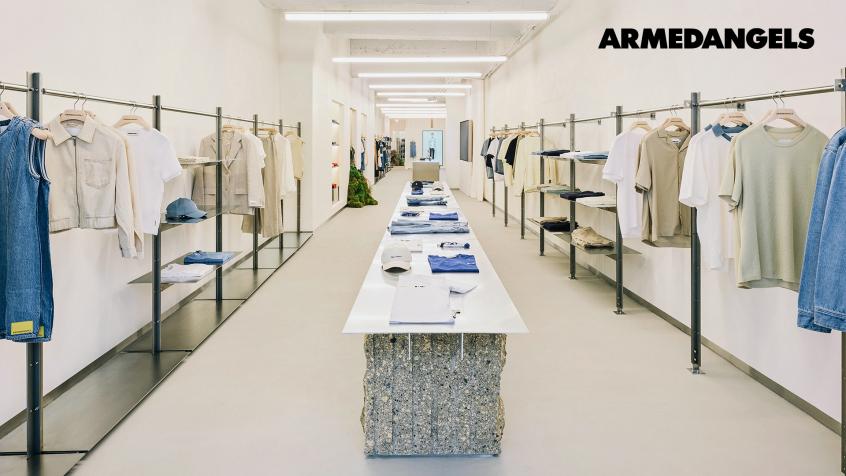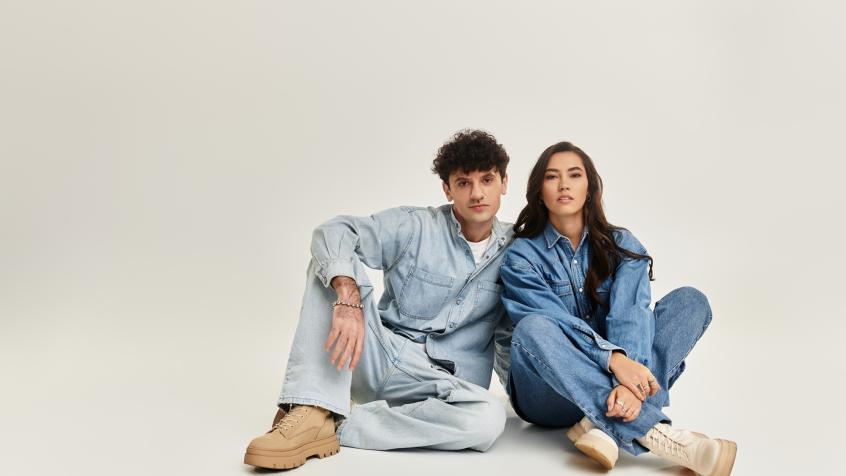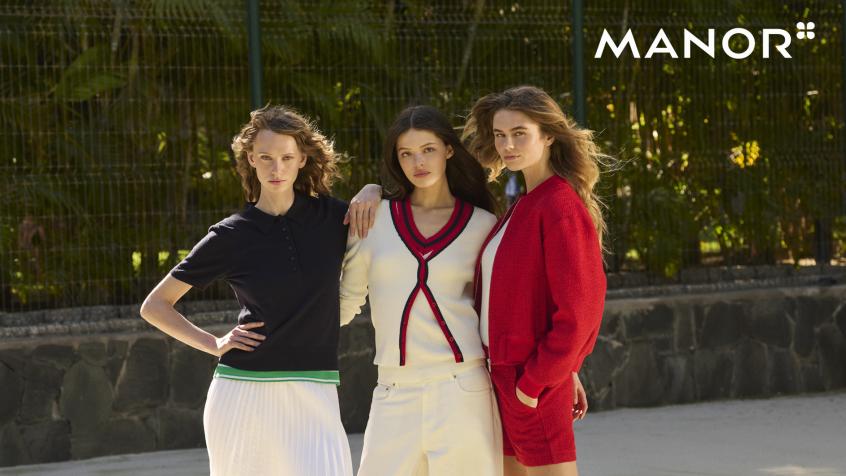Fendi's strategy
Behind the reinvention of timeless luxury.

Key takeaways
- Fendi holds a significant portion of fur in its outerwear assortment, now upcycled and ethically sourced
- Leather goods and it-bags like the Baguette Bag are a major part of Fendi’s assortment
- Fendi showcases its focus on timeless pieces with a minimal assortment, holding fewer items than its competitors
Founded in 1925, as a fur and leather goods boutique in Rome and renowned for its elegance, innovation and savoir faire, Fendi is one of the most iconic luxury brands in the world. With Karl Lagerfeld as creative director from 1965 until his death in 2019, he and the Fendi sisters, who were at the helm of the brand, reinvented the fur business. Lagerfeld who was also behind the iconic “Double F” Fendi logo, allowed the brand to go beyond its heritage and create a ready-to-wear collection in the late 1970s as well as dive into the footwear industry, all whilst maintaining fur and leather goods at the brand’s forefront.
Acquired by leading luxury goods group LVMH in 2001, Fendi is one of the hottest brands in the industry and has maintained its presence in the Lyst Index quarterly ranking. With the new addition of Kim Jones as creative director, the brand has been making headlines. From its collaboration with Versace, Fendace, during Milan Fashion Week in September 2021, to the moves it is making towards a more sustainable future and Kim Jones’ first collections, what lies behind Fendi’s strategy?
Minimal assortment for timeless pieces
LVMH’s first half year results for 2021 showcase quite a prominent growth within the Fashion & Leather Goods sector. With an emphasis on several key brands, among which Fendi, whose performance stood out with an increase in market share as well as record levels of revenue and profitability. The fashion & leather goods division not only grew in comparison with 2020’s revenue, but also surpassed that of 2019, showcasing a significant 33% growth rate. Fendi is among the key LVMH brands all contributing to the division’s growth throughout the first half of 2021. So how does the successful brand differentiate itself from its competitors?

Key figures show that among leading luxury brands, where leading Kering brand Gucci holds a vast assortment of over 7300 pieces for both womenswear and menswear, Fendi has the smallest number of items within its assortment, with just over 2200 pieces for both women’s and men’s apparel. The relatively minimal assortment in comparison with competitors’, falls in line with the brand’s focus on timeless elegant pieces, which are part of the brand’s heritage and have been reimagined in Kim Jones’ first collections with Fendi.
The focus on timeless pieces begs the question of how the brand will carry forward in the future and how it will target Gen Z, who is set to make up a large portion of the luxury goods market by 2035. Will Fendi maintain focus on its timeless chic collections or will it move towards an assortment including more trend-driven pieces? The brand already made major headlines with its recent “Fendace” collaboration.
The future of Fendi fur
Fendi started out as a furrier and fur is still at the core of its DNA, with the brand’s unmatched craftsmanship within the industry. The LVMH brand is focusing on ethically sourcing fur and following the highest ethical standards such as adhering to FURMARK standards, and is increasingly upcycling and restyling vintage fur pieces, as seen in Kim Jones’ first collection. So what role does fur currently play in Fendi’s assortment?

Retviews data indicates that currently within Fendi womens’ outerwear, fur is present in around 34% of the assortment. Still a significant part of the brand’s outerwear collection, upcycled fur is evermore present, already indicating a change in strategy within Fendi fur.
With numerous brands such as Gucci and Prada having opted out of using fur in their collections and consumers placing sustainability at the forefront of their purchasing decisions, how will Fendi fare in the future? Will the use of upcycled and ethically sourced fur be enough for luxury shoppers or will brands like Fendi need to go further to appeal to sustainability-led younger consumers and remain relevant?

Fendi’s use of fur within the outerwear sector is also prominent in its pricing strategy. With its outerwear assortment showcasing a significantly higher average price than that of its competitors, the LVMH brand seemingly targets an even higher-income segment of luxury shoppers.
An icon in leather goods
Carrie Bradshaw’s go-to bag in Sex and the City was none other than Fendi’s iconic Baguette Bag. The Fendi Baguette, as well as the Fendi Peekaboo, and the brand new Fendi First Bag have all earned it-bag status, indicating the brand’s prominence within the leather goods industry.

Retviews data showcases Fendi’s prominence in the leather goods category, with nearly 41% of its assortment dedicated to leather goods, only second to Bottega Veneta which holds a mere 0.4% more items within the category, and standing above leading brands Gucci, Prada and Balenciaga. One of the key factors in Fendi’s leather goods category is obviously the baguette bag, a piece that has stood the test of time and has been continuously reinvented for the new generation of luxury shoppers, maintaining its it-bag status.
The high-end pricing strategy
Within high-end luxury brands, there remains a clear difference in pricing strategies, with some brands standing on the higher end of the luxury spectrum, such as Gucci, Fendi and Bottega Veneta. Other luxury brands like Prada, showcase a maximum price that is seemingly lower than that of its competitors, potentially also reaching a younger audience.

However, each of these leading brands, all ranked in the Lyst Index’s hottest brands, positions itself within a similar price range in terms of most frequent and minimum prices, indicating that a brand like Fendi has a wide price range that could potentially appeal to numerous demographics from younger or lower-income luxury shoppers to more affluent shoppers.
The brand holds a large selection of small leather goods and “nano” bag charms as well as accessories such as scarves and hats which could serve as a younger consumer’s entry to the brand.
What lies in Fendi's future?
Fendi’s focus on timeless luxury, is proving to be a sound strategy, as one of the leading aspects of 2021 fashion has been “Less is More”, as indicated by McKinsey and Business of Fashion’s State of Fashion. With the addition of Kim Jones’ creativity, the brand is reimagining timeless luxury and moving towards an exciting fresh approach.
Considering the timeless nature of Fendi’s pieces, mixed with the reinvention of key items, the brand has taken on the challenge of targeting a younger audience. However, will they be able to keep up with the sustainability mindset of Generation Z or will fur be the major barrier for the younger generation?
Will Fendi be able to successfully reach a younger demographic through its reinvention of timeless luxury ?
Retviews
Related content
